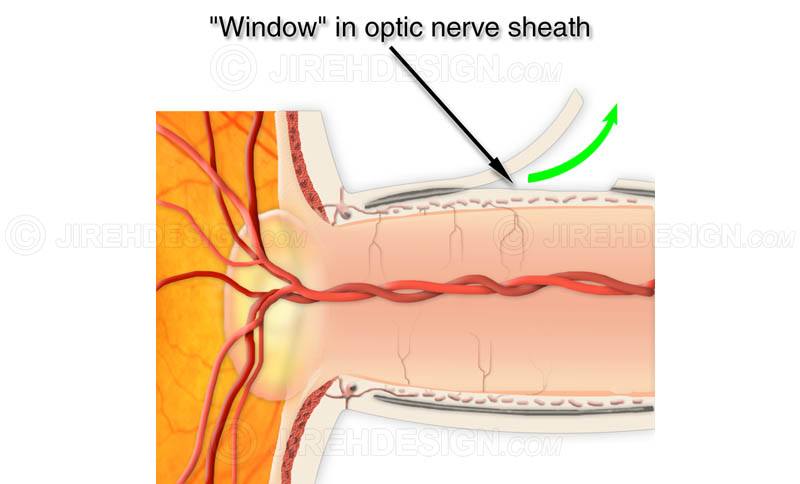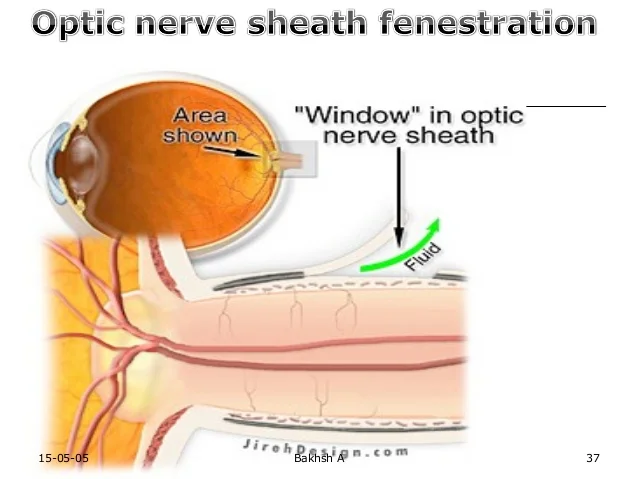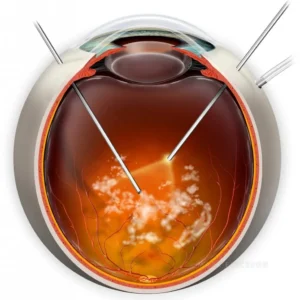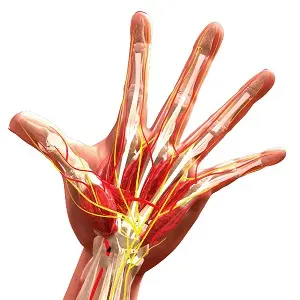Description
What is Optic Nerve Sheath Fenestration (ONSF)?
ONSF is a surgical procedure used to relieve pressure on the optic nerve in the setting of elevated intracranial pressure (ICP). ICP is the pressure of the fluid that surrounds the brain and spinal cord. When ICP increases, it can compress the optic nerve, leading to vision loss if left untreated.
Procedure:
ONSF is typically performed under general anesthesia. Here’s a breakdown of the steps:
- Access: The surgeon makes a small incision on the conjunctiva (white part of the eye) near the optic nerve.
- Exposure: The underlying muscles surrounding the eye are carefully dissected to expose the optic nerve sheath, the dura (tough membrane) surrounding the optic nerve.
- Fenestration: A small window is created in the optic nerve sheath, allowing the cerebrospinal fluid (CSF) surrounding the nerve to drain and reduce pressure on the optic nerve.
- Closure: The conjunctiva and other tissues are carefully sutured (stitched) closed.
Suitable Candidates:
ONSF is most commonly used for individuals with:
- Idiopathic Intracranial Hypertension (IIH): A condition characterized by increased ICP without a known cause. People with IIH often experience symptoms like headaches, papilledema (swelling of the optic nerve), and vision loss.
- Other causes of elevated ICP: In some cases, ONSF may be considered for individuals with other conditions causing high ICP, such as tumors or blood clots in the brain.
Unsuitable Candidates:
ONSF may not be suitable for everyone with elevated ICP. It’s generally not recommended for patients with:
- Uncontrolled active eye infections: Infection poses a significant risk during and after surgery.
- Severe anatomical abnormalities of the eye or optic nerve: These abnormalities could make surgery difficult or risky.
- Poor overall health: Individuals who are not healthy enough to undergo surgery may not be good candidates.
Advantages:
- Preserves Vision: ONSF can effectively reduce pressure on the optic nerve, potentially preventing vision loss from papilledema.
- Minimally Invasive: Compared to other treatments for high ICP, ONSF is a relatively minimally invasive procedure.
- Outpatient Procedure: In some cases, ONSF can be performed on an outpatient basis, allowing patients to return home the same day.
Complications:
- Vision Loss: While rare, vision loss can occur as a complication of surgery.
- Infection: Infection is a potential complication requiring prompt antibiotic treatment.
- Bleeding: Bleeding can occur during or after surgery, but is usually minimal with modern techniques.
- Cerebral Spinal Fluid (CSF) Leak: A leak of CSF from the surgical site can occur, requiring additional treatment.
- Double Vision: In rare cases, the surgery may affect eye muscle function, leading to double vision.
Preoperative Care:
- Comprehensive eye exam to assess the health of the optic nerve and vision.
- Neurological evaluation to determine the cause of elevated ICP.
- Imaging tests like MRI scan to visualize the brain and optic nerve.
- Discussion of risks and benefits of ONSF with your ophthalmologist and neurologist.
- Stopping certain medications that could increase bleeding risk.
Postoperative Care:
- Eye drops or ointment to prevent infection and inflammation.
- Wearing an eye patch for a short period to protect the surgical site.
- Monitoring for signs of infection or CSF leak.
- Regular follow-up appointments with your ophthalmologist and neurologist to monitor vision, ICP, and healing.







Reviews
There are no reviews yet.